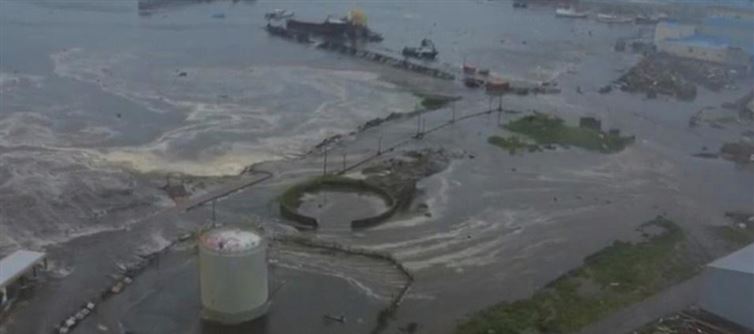
The earthquake, which struck near the Aleutian Islands off Alaska, had initially triggered automatic alerts due to its magnitude and location. Japan’s Meteorological Agency and the Pacific tsunami Warning Center (PTWC) quickly issued warnings, urging residents in coastal areas to remain vigilant and stay away from the shorelines.
In Hawaii, sirens were activated and emergency services were placed on high alert. Residents and tourists in low-lying zones were advised to prepare for possible evacuations. Similar alerts were echoed in parts of japan, particularly along the northeastern coastline, which remains sensitive to seismic activity due to the devastating 2011 tsunami.
However, within a few hours of the quake, updated seismic data and tide gauge readings indicated that the threat of a major tsunami had passed. The PTWC officially downgraded its warning to an advisory, later declaring there was no significant tsunami threat to Hawaii. Japan’s authorities followed suit, confirming only minor changes in sea levels and lifting the alert.
Despite the downgrade, officials across both regions emphasized the importance of emergency preparedness. “We urge everyone to take every tsunami alert seriously,” said a spokesperson from Hawaii’s Emergency Management Agency. “Even if the threat doesn’t materialize, readiness saves lives.”
No damage or injuries have been reported as a result of the incident, and normalcy is returning to coastal communities.
This event serves as a reminder of the Pacific Rim’s volatile geological nature and the crucial role of early warning systems. The swift dissemination of alerts and real-time updates played a key role in ensuring public safety and avoiding panic.




 click and follow Indiaherald WhatsApp channel
click and follow Indiaherald WhatsApp channel